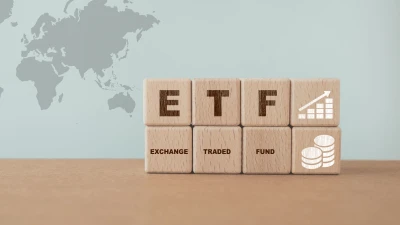Looking ahead to COP27



About 90% of global gross domestic product is covered by net-zero commitments, according to the French international banking group BNP Paribas Asset Management.
Speaking at a media briefing, BNP Paribas Asset Management head of stewardship Asia Pacific, Paul Milon, said although most of the world was covered by net-zero commitments, it felt like the 90% figure was higher than presumed as a lot of these commitments were only broad pledges.
He said companies were taking the lead in the transition with the Science Based Targets initiative representing more than US$20 trillion ($27 trillion) and 20% of the global market capitalisation.
The initiative was a collaboration between CDP Worldwide, the United Nations Global Compact, World Resources Institute and the World Wide Fund for Nature to set a science-based climate target for companies and was started in 2015.
Meanwhile, the Glasgow Financial Alliance For Net-Zero, which gathered asset managers, asset owners, banks, insurers that had been committing their own net-zero initiatives, represented over US$140 trillion in financial assets.
Milon said even limiting a rise in global temperature to 1.8 degrees by 2050 (0.2 degrees higher than the UN Climate Change Conference) would cause dramatic positive changes in the global economy.
The Principles for Responsible Investments’ (PRI) - a leading proponent of responsible investment - Inevitable Policy Response (IPR) 2021 forecasts showed what changes could occur if the 1.8 degree target was met.
In terms of climate pricing, the IPR expected the US would announce a national carbon pricing system by 2025 with a strong carbon path towards $US65 per tonne by 2030.
The scenario also expected that India would end further investment in coal, that China would end new coal fire power by 2025 and that the US would end all coal fire power generation by 2035.
It would mean a massive global investment opportunity, said Milon.
“If we look at the investment required just to achieve the kind of current commitment taken by countries to achieve the Paris Agreement, we're looking at $US55 trillion,” he said.
“If we look now at the additional investment that will be needed to be well below 2 degrees and towards 1.5 degrees it is another $60 trillion of incremental investment. So in total, we are looking at $115 trillion in energy transition opportunity which will really change the way in which our economies are working.
“We expect an increasing focus on the implementation of net-zero commitments in order to accelerate investment into energy transition and hopefully we can expect more climate commitments and more concrete commitments ahead of COP27 which will make all the different commitments we’ve seen a bit more credible.”
Recommended for you
VanEck is expanding its fixed income range with a new ETF this week to complement its existing subordinated debt strategy which has received $1 billion in inflows this year.
Specialist global equities manager Nanuk has celebrated 10 years of its flagship New World Fund and is actively considering its next possible vehicle.
Australian equities manager Datt Capital has built a retail-friendly version of its small-cap strategy for advisers, previously only available for wholesale investors.
The dominance of passive funds is having a knock-on effect on Australia’s M&A environment by creating a less responsive shareholder base, according to law firm Minter Ellison.











